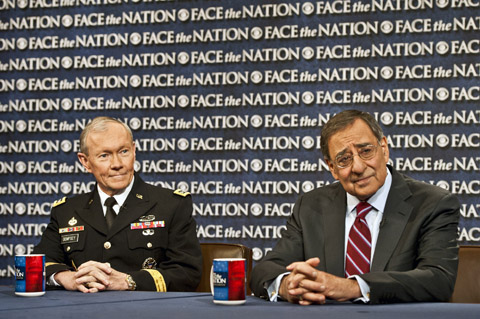
Practitioners and academics have long contemplated United States defense policy in an age of austerity. The era of expansion under President George W. Bush spiraled into long-term unsustainability, presenting leadership with hard decisions regarding the future of American national security strategy. The Middle East, Asia, and Europe all stand to gain or lose influential elements of American power – key dynamics that will shape the conduct of international relations in a twenty-first century environment rife with unforeseen challenges. President Obama’s recent address reveals how the administration is pursuing military transformation in accord with new strategic thinking.
Conventional wisdom suggests a recalibrated focus on Asia-Pacific in the vein of great power politics. China and a potentially resurgent Russia represent a level of competition that does not exist elsewhere, and the region is all the more wary considering potential mission requirements for a collapsing North Korea. The European Union might be regarded as an economic rival in volume, though it would be hard to imagine any confrontation between longtime defense partners. There are interests in the Middle East that will continue to be the focus of the American military via less strenuous application of force and troop deployment. An unrivaled blue-water naval force, paired with air superiority under every mission parameter, meet vital American interests including defense of the homeland and maintaining a stable energy market within an open economic order. Capable power projection and global strike capability underline core force requirements for a streamlined American military prepared for a host of crisis scenarios around the world. Yet as much as the United States cannot afford to be everywhere at all times, there is a discernible expectation that partner states should increasingly help combat transnational threats and maintain regional stability.
